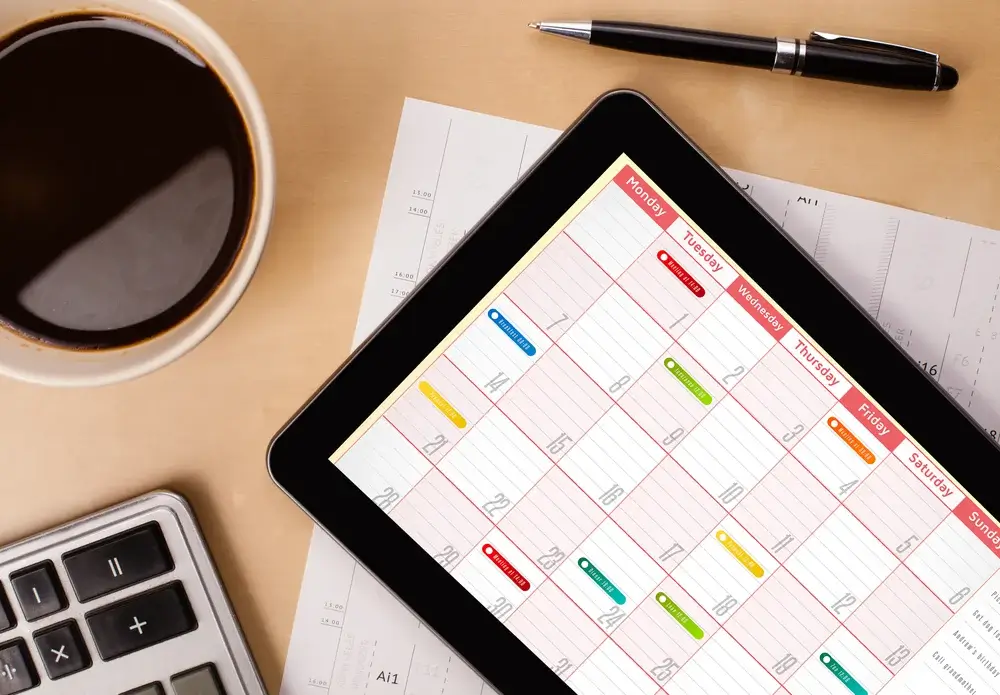Given the Great Resignation, recent mass layoffs, and store closures, the past year has shown just how crucial strategic workforce planning can be to overall organisational health and longevity. But it’s not always easy for HR teams to understand where to start when developing workforce planning strategies.
So let’s dive into what strategic workforce planning is, how it differs from organisational workforce planning, and how people analytics can transform what your HR team can achieve with your workforce planning strategies.
What is strategic workforce planning?
Strategic workforce planning in a nutshell is having the right people in the right roles at the right time at the right costs, which can lead to better productivity and lower costs.
Strategic workforce planning is one of the most important elements of HR strategy. It helps businesses identify skills gaps, carefully manage resources, benchmark performance against competitors, and ensure proper budget allocation for the organisation.
Strategic workforce planning is the process of analysing an organisation's workforce needs, both present and future, and developing strategies to meet those needs. It involves assessing the current workforce, developing scenarios, identifying gaps and future needs, analysing people data to inform decisions, and creating plans to address those gaps and needs. Practising effective workplace planning also involves continuously measuring and monitoring the implementation and effectiveness of those plans against your KPIs and organisational goals.
The process typically involves gathering and analysing data about the current workforce, such as employee skills, cost, and demographics, as well as external factors that may impact workforce needs, such as changes in technology, industry trends, and economic conditions. This can include hiring new people, training current employees, and planning for future changes in the workforce.
The difference between strategic vs. operational workforce planning
Strategic workforce planning and operational workforce planning are two different approaches to managing an organisation's workforce needs.
Strategic workforce planning focuses on long-term workforce planning, typically looking at a three- to five-year horizon or beyond. It involves analysing the organisation's strategic goals and objectives and determining the workforce requirements needed to achieve them. This includes identifying the skills, knowledge, and capabilities that will be needed, and creating plans to develop and acquire those resources. Strategic workforce planning is a high-level planning process that is typically undertaken by senior management and HR leaders. Watch a One Model strategic planning session.
Operational workforce planning, also known as strategic staffing or headcount planning, is more focused on short-term workforce needs, usually over a six-month to two-year time horizon. It involves short-term management of the workforce and is focused on ensuring that the workforce has the resources it needs to succeed. For example, this may include ensuring that an organisation can staff up to meet seasonal demands (retail at Christmas, farming during the summer, etc.). Operational workforce planning is often carried out by mid-level and front-line managers.
How has strategic workforce planning changed over time?
Strategic workforce planning has undergone significant changes over time in response to changes in the economy, technology, and social trends. Here are some of the key changes that have occurred:
Increased focus on skills:
In the past, strategic workforce planning tended to focus on job titles and positions rather than skills-based workforce planning. However, today's strategic workforce planning is more focused on identifying the specific skills and knowledge that are needed for each role.
Data-driven approach:
Advances in technology have made it easier to collect and analyse workforce data, leading to a more data-driven approach to strategic workforce planning. This allows organisations to make more informed decisions about their workforce needs.
Emphasis on flexibility:
With the rise of the gig economy and remote work, organisations are increasingly seeking more flexible workforce solutions. This has led to a greater emphasis on strategic workforce planning that can adapt to changing conditions — empowering organisations to optimise which roles should be full-time or contract, or which roles can be hybrid or in-office.
Strategic alignment:
Strategic workforce planning has evolved to be more closely aligned with organisational strategy, helping organisations ensure that they have the right people with the right skills in the right positions to achieve the organisation’s strategy.
Peter Howes does a great job of showcasing how HR workforce planning has changed over time. Watch the recorded webinar.
How strategic workplace planning impacts workforce planning
Strategic workplace planning can have a significant impact on workforce planning in a number of ways. Here are some examples:
Attracting and retaining top talent:
A well-designed workplace can be a major factor in attracting and retaining top talent.
Promoting collaboration and productivity:
By designing a workspace that supports teamwork and communication, organisations can help employees to work together more effectively and reduce workforce productivity issues.
Supporting health and well-being:
Creating an environment that is focused on keeping employees healthy and reducing stress helps with your long-term planning by ensuring your workforce stays at peak performance.
Adapting to changing workforce needs:
If an organisation is shifting towards more remote work or hybrid work arrangements, workplace planning can be used to create a workspace that supports those arrangements.
What role does people analytics play in strategic workforce planning?
People analytics plays an important role in strategic workforce planning by providing data-driven insights into an organisation's workforce. By using data and analytics tools, like One Model, organisations can better understand their current workforce and identify trends and patterns that can inform their workforce planning strategies.
People analytics can help organisations to:
Identify workforce gaps:
By analysing workforce data, organisations can identify areas where they have a shortage of skills or talent, allowing them to focus their strategic workforce planning efforts on addressing those gaps.
Forecast future workforce needs:
People analytics can be used to project future workforce needs based on factors such as demographic changes, industry trends, and business goals.
Optimise workforce efficiency:
By analysing workforce data, organisations can identify opportunities to improve workforce efficiency, such as by reallocating resources or adjusting work schedules.
Measure the effectiveness of strategic workforce planning:
People analytics can be used to track the success of workforce planning strategies over time, allowing organisations to adjust their plans as needed to achieve better outcomes.
Increase ROI
Businesses can make fast decisions, optimise ROI, and improve customer and stakeholder satisfaction by leveraging data-driven insights into trends and predicting future needs.
How One Model supports better strategic workforce planning
One Model is a people analytics company that helps organisations transform their workforce data into actionable insights for better decision-making. By leveraging advanced analytics, artificial intelligence, and machine learning, One Model can support better strategic workforce planning capabilities for businesses of all sizes.
One of the key strengths of One Model is its ability to integrate data from multiple HR systems, such as HRIS, ATS, LMS, and others, into a single data warehouse. This allows organisations to gain a complete view of their workforce data, eliminating the need to switch between different systems to analyse data.
In addition to its advanced analytics capabilities and intuitive interface, One Model also offers a customizable dashboard that allows HR professionals to monitor and track key workforce metrics. With this tool, HR teams can identify areas of concern, measure the success of their workforce planning strategies, and adjust their plans as needed.
Overall, One Model supports better strategic workforce planning by providing a single, integrated platform for workforce data analytics, advanced analytics models, and customizable dashboards. This enables organisations to make more informed decisions and, ultimately, achieve their business goals.
Discover how One Model’s People Analytics can support your strategic workforce planning.


